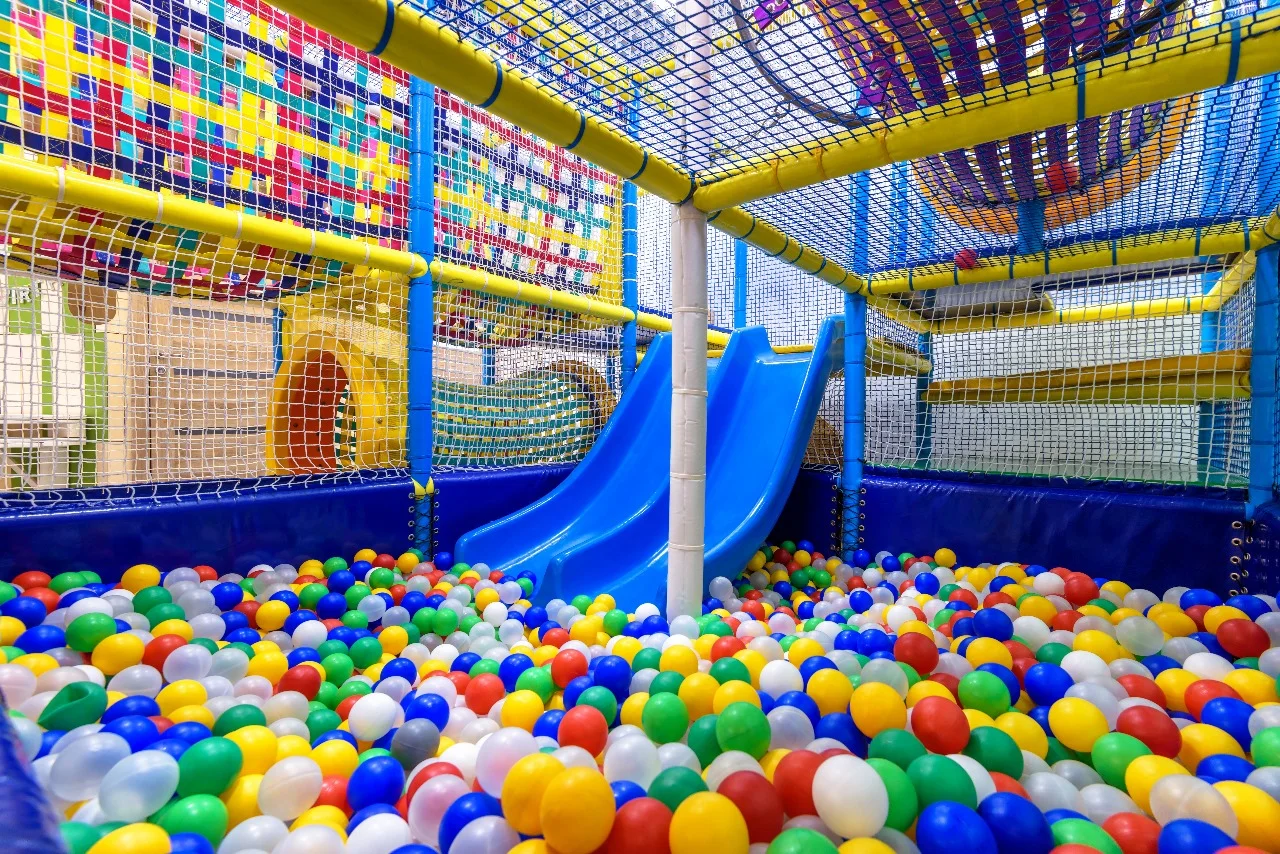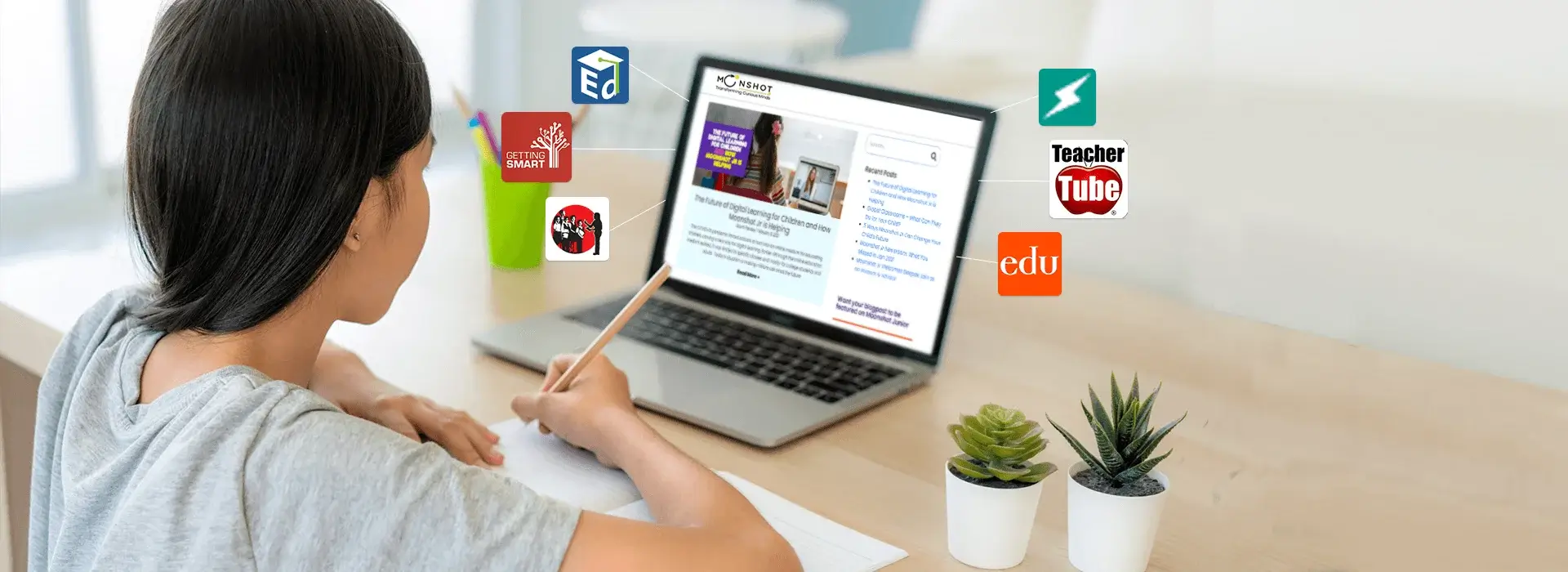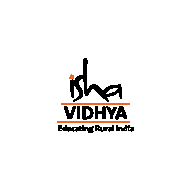
| Rosa Parks |
|---|
| "I believe we are here on the planet Earth to live, grow up and do what we can to make this world a better place for all people to enjoy freedom." |

Update: This article was last updated on 9th December 2024 to reflect the accuracy and up-to-date information on the page.
In our digital age, the term “data” is a familiar one, even to children. But when we add the word “big” before it, it can spark curiosity and questions. What exactly is Big Data? Let’s dive into this fascinating concept.
Big Data is simply a large amount of information that is created and stored digitally. This information comes from various sources like social media, the Internet of Things (IoT), e-commerce websites, search engines, and more.
When people use social media platforms, shop online, or play games, they generate data that can uncover patterns and insights to help businesses and organizations make better decisions.
So, how do you explain data to a child with simple examples? In this blog, we will discuss ways to help them understand big data.
| S.No. | Table of Contents |
|---|---|
| 1. | The 3 Vs of Big Data |
| 2. | How to Explain This Concept To Children |
| 3. | What is Big Data? |
| 4. | How Does Big Data Work? |
| 5. | How is Big Data Stored? |
| 6. | Usage of Big Data |
The 3 Vs of Big Data
Let us know in detail what the 3 vs. of big data are. Big data has three properties, which highlight organizations’ challenges in managing and analyzing large amounts of data and the need for specialized tools and techniques to derive insights and value from it.
Volume: The massive amount of data generated and collected by organizations, which can be in the petabytes or exabytes, is called volume. This data can be generated from various sources, such as social media, transactional data, and machine-generated data.
Velocity: Velocity refers to the speed at which data is generated and collected. With the advent of the Internet of Things (IoT), data is being generated at an unprecedented rate. This data needs to be processed and analyzed quickly to derive insights and value from it.
Variety: The different types and formats of data that organizations collect come under variety. This data can be structured, semi-structured, or unstructured. Structured data is easily organized and stored in a database, while semi-structured and unstructured data like social media posts, emails, and videos require specialized tools for processing and analysis.

Source: Soft Computing and Intelligent Information Systems
The massive volume of data is measured in terabytes and petabytes.
A Terabyte is a trillion bytes.
A Petabyte is 1,000 Terabytes
Terabytes = 1,000,000,000,000
Petabytes = 1,000,000,000,000,000
 This chart provides insights into the State of IoT for Spring 2024, highlighting 10 emerging IoT trends that are driving market growth.
This chart provides insights into the State of IoT for Spring 2024, highlighting 10 emerging IoT trends that are driving market growth.
So far so good! But how do we explain this concept to children?
Let us understand how to explain data to a child; we can introduce the concept of Big Data by using simple examples from their everyday surroundings. So, let’s begin:
What is big data?
When it comes to understanding data for kids, we can explain that every time people use computers and the Internet, watch their favorite shows, or search for pictures, they create a lot of information. This information can be pictures, videos, messages, and even things like how many times someone clicks on a certain button on a website. Big Data is all of this information combined, just like a huge collection of their favorite toys.
There is so much information that it’s difficult to understand everything. However, by using special tools and techniques, we can analyze big data to find patterns and make decisions based on that information.
For example, a company that sells toys might use Big Data to see which toys are most popular with kids in your area, which colors are the most popular, and which ages of kids like which toys the most. This can help the company decide what toys to make and how to market them.
Example for kids

Big Data is like a massive ball pit filled with thousands of colorful balls. If you only had a few balls, you could easily sort them out, but with thousands, it would take a long time to sort them all by hand. This is where special tools come in, just like having a machine that can quickly sort the balls for you.
So it would help if you had a special tool to segregate toys.
How does big data work and how is data explained to kids
There are tools to gather, cleanse, and analyze massive and complex datasets to assist businesses in leveraging their big data. These tools are like helpers that can quickly find patterns and insights in the data that might be hard for people to find on their own. This can help people make better decisions and improve the things they do.
Example
Imagine you have a big box of colorful building blocks. Each block represents a piece of information, like a number or a word. Now, you want to learn something interesting from all these blocks, but there are so many that it’s hard to do it all by yourself.
Big Data is like having a super smart friend who can help you with this big box of blocks. Your friend has special tools that can quickly look at all the blocks, organize them, and find cool patterns or interesting things hiding in them.
How is big data stored?
Can we store sea water in a river? The answer is no. Similarly, the information is so big that more than traditional data processing methods are needed to handle it.
One way to store Big Data is in a “data lake.” A data lake is like a giant toy box where we can put all kinds of toys. It’s different from other toy boxes because it can hold different toys, like balls, dolls, cars, and puzzles.
Big Data for kids sounds complicated, but it’s really about understanding lots of information. Think of data for kids like a giant puzzle made up of many tiny pieces. Big Data uses special tools to put these pieces together quickly, helping us see the whole picture and learn cool things, like how to make games more fun or find the best way to school!
We store big Data in places such as:
➛ Dat a Centers
➛ Cloud Storage
➛ Hadoop Distributed File System (HDFS)
➛ Object Storage
The choice of storage location depends on factors such as the size of the data, the organization’s budget, and the desired level of accessibility and security.
But again, if we want something specific, it won’t be possible to find it in that giant toy box. So, what will we do? We will put cars in one box and balls in another and organize them.
Similarly, special tools and techniques are used to sort and analyze the data in a data lake.
Usage of Big Data
Personalized Movie Recommendations: You are watching a movie on a streaming service, and at the end of the movie, the service recommends other movies that you might like based on your previous movie choices. This recommendation is made using Big Data!
Traffic Prediction: Have you ever been stuck in traffic? Big Data can help with that, too! Traffic monitoring systems collect data from sensors, GPS devices, and cameras to analyze traffic patterns. With this information, transportation officials can predict where traffic jams might occur and plan ways to avoid them.
Health Tracking: Some people use fitness trackers to monitor their daily activity levels, heart rate, and sleep patterns. This data is stored and analyzed to help people make decisions about their health.
I hope the concept explained with examples is helpful in explaining Big Data. Explaining data to a child is no longer a tension! By using everyday examples from the real world, we can help them understand how Big Data is generated and used to improve our lives. By understanding Big Data, children can develop valuable skill sets for the future.
Moonpreneur is dedicated to transforming conventional education, preparing the next generation with comprehensive learning experiences. Our Innovator Program equips students with vital skills in AI/ML, Robotics, Coding, Game Development, and App Development, fostering entrepreneurship through hands-on learning. This initiative aims to cultivate the workforce of tomorrow by integrating innovative technologies and practical skills in school curriculums.
Register for a 60-minute free workshop today!
Recommended reading
▫️ How AI and Automation Streamline Data Management
▫️ 5 Fun and Interactive Data Science Projects for Kids
▫️ Data Privacy and Social Media: How to Be Safe and Have Fun For Kids
▫️ 15 Activities to Introduce Your Child to the World of Data


























How do you explain data to kindergarten?
What constitutes data? At its most basic level, it encompasses information we gather, whether consciously or not, about the world. To derive utility from this information, humans must possess the ability to classify, sort, organize, represent, and interpret it. Our brains continually engage in the process of collecting information.
How do you introduce data to students?
An initial approach to acquainting students with data is to start at the beginning of the school year with a subject dear to them: their birthdays. Utilizing the students’ personal information and something familiar to them provides an excellent foundation for initiating your data lesson.
How do you teach students to Analyse data?
Learners engage in inquiries to gather data and complete a data table. Subsequently, they receive guidance on analyzing and illustrating the data through a graph, followed by responding to questions that delve into the significance of the collected data. Furnishing students with analysis instructions is aimed at optimizing time utilization, enabling coverage of a broader range of content.